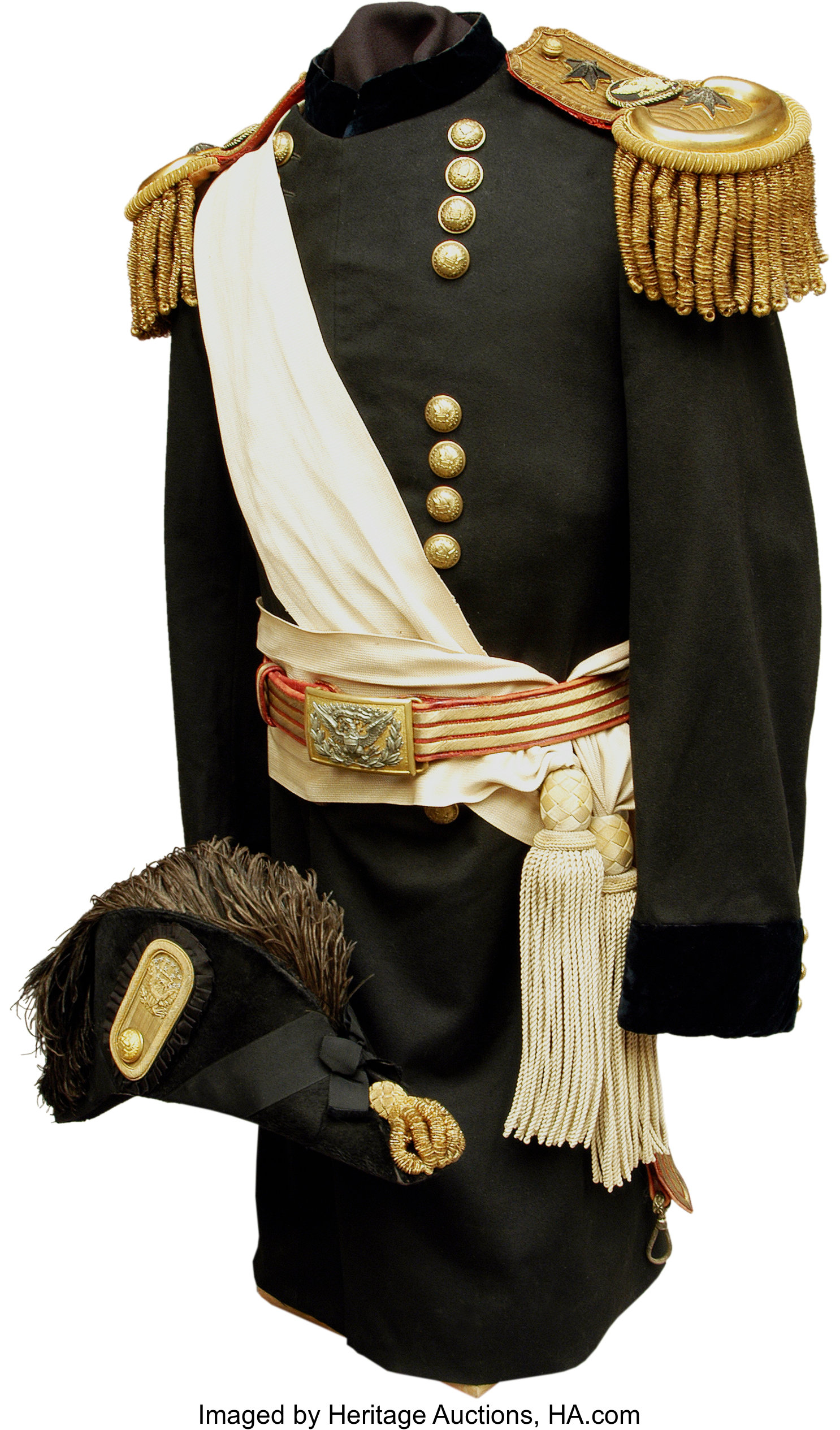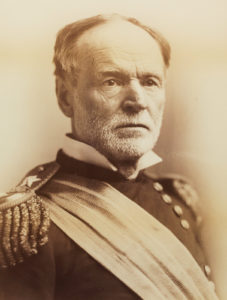
“I beg to present you as a Christmas gift the city of Savannah with 150 heavy guns and plenty of ammunition and also about 25,000 bales of cotton.” – Maj. Gen. William Tecumseh Sherman, Dec. 22, 1864, telegram to President Lincoln
By Jim O’Neal
From mid-November 1864, there had been no word from William Tecumseh Sherman or his Union Army. President Lincoln, anxious about the fate of 60,000 soldiers, tried to conceal his concern, telling one crowd, “We all know where he went in, but I can’t tell where he will come out.”
Gen. Ulysses S. Grant was far less concerned as he followed his lieutenants’ progress in the Southern press and assembled supplies to send to Savannah, along with the Union Army’s mail. In early December, his reports indicated that Sherman had arrived in Savannah on Dec. 10. Eleven days later, Sherman occupied the mostly evacuated city, but once again, they had failed to cut off the retreat of the Rebel Garrison. With this communication, Sherman brought to a conclusion his famous March to the Sea.

Arguments still flare up over the destruction that occurred during this critical episode of the Civil War, but Sherman’s primary target was property, not people, and his troops were not alone in terrorizing the countryside. The Confederate Cavalry, deserters from both sides, and bands of “bummers” both black and white contributed their share to the chaos. As Sherman observed, “Sweeping around generally through Georgia for the purpose of inflicting damage would not be good generalship.”
Rather, what he aimed to do was intimidate and terrorize Southerners to break their will to continue fighting. It was psychological warfare. “These people made war upon us, defied and dared us to come South to their country where they boasted they would kill us.” He had no patience with those who protested or complained. The strategy worked where there was total destruction and there was no means to fight on, but pride and ignorance kept the war alive in other places where leaders refused to accept the inevitable.
Critics of Sherman’s March that complain about his scorched-earth policy typically overlook his occupation of Savannah. He basically left it alone after the inhabitants accepted defeat, except when merchants tried to reclaim the cotton he had captured. Sherman was far more interested in their return to the Union than continual martial law that would only result in further alienation.
By conventional strategy, Sherman’s next move should have been the immediate transfer of his Army by water to Virginia, where Grant had Gen. Robert E. Lee’s Army of Northern Virginia bottled up behind fortifications at Petersburg. The Federal Navy had the ships available. Both Lincoln and Grant supported this plan, but Sherman disagreed. Instead, he wanted to apply total war – as he had in Georgia – to the Carolinas.
He especially wanted to punish South Carolina, “the Palmetto State,” for its role in starting the war. He was convinced that by bringing the war to the Carolinas’ home front, his operations would have a direct bearing on the struggle in Virginia. Even the people in Georgia prodded him to pay their neighbors a visit. As Sherman later observed, “My aim then was to whip the rebels, humble their pride, to follow them to their innermost recesses and make them fear and dread us.”
By late January 1865, Sherman’s 60,000 veterans commenced the march into South Carolina and he stopped his communications. It would be late March before he commented on the most controversial issue of the campaign – the burning of Columbia, the state capital. His instructions to the commander of the Army of Georgia, Maj. Gen. Henry Warner Slocum, were direct: “The more of it you destroy, the better it will be. The people of South Carolina should be made to feel the war, for they brought it on and are responsible for our presence here. Now it is time to punish them.”
By the end of the month, he was on his way to North Carolina, with the end of the war coming into sight. “It is only those who have never fired a shot nor heard the shrieks of the wounded,” Sherman said, “who cry aloud for blood, more vengeance, more desolation.”
 Intelligent Collector blogger JIM O’NEAL is an avid collector and history buff. He is president and CEO of Frito-Lay International [retired] and earlier served as chair and CEO of PepsiCo Restaurants International [KFC Pizza Hut and Taco Bell].
Intelligent Collector blogger JIM O’NEAL is an avid collector and history buff. He is president and CEO of Frito-Lay International [retired] and earlier served as chair and CEO of PepsiCo Restaurants International [KFC Pizza Hut and Taco Bell].
